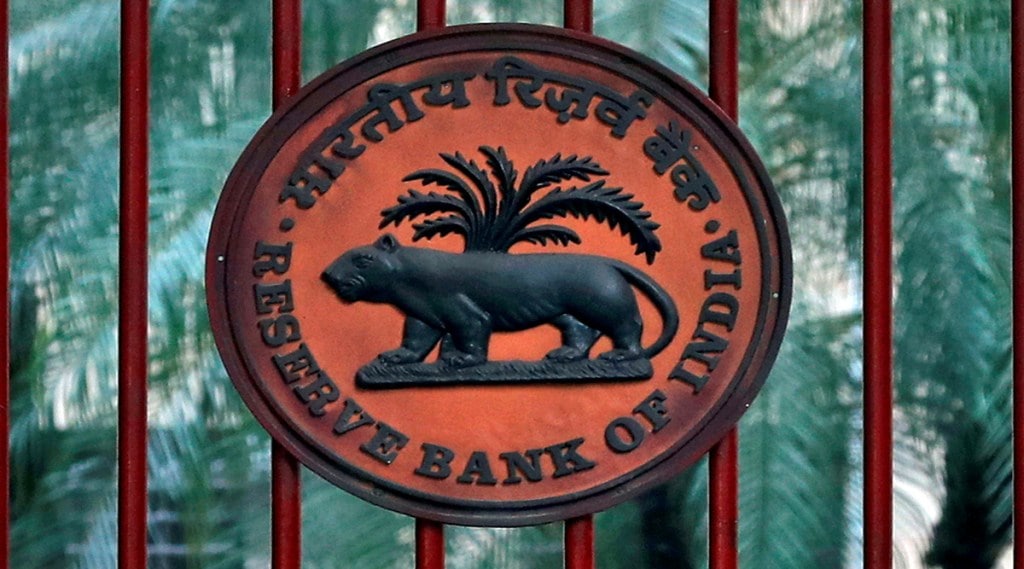Reserve Bank of India’s loose monetary policy and two back-to-back bond auction cancellations may have cooled down yields for now, but it remains to be seen how far and for how long it can manage yields, especially in the face of India’s planned record borrowing next year. In the upcoming fiscal year 2022-23, as the government prepares to finance its mammoth borrowings, “the domestic bond market seems to be caught between a rock and a hard place coupled with fat tailed uncertainty,” said Vivek Kumar, Economist at QuantEco Research. Experts expect the yields for the 10-year benchmark bonds to harden in the coming days.
Bond markets between a rock and a hard place
On one hand, there is a backdrop of global uncertainties, such as rising commodity prices that has forced many global central banks, including the US Federal Reserve and Bank of England, to tighten their policies. On the other hand, RBI, with its lenient outlook on inflation, has not felt the need to follow the lead of its global peers. “While this form of lagged and liberal policy normalization by the RBI would have a palliative impact, record high borrowing pressure in FY23 (in the anticipated absence of active OMO purchases by the central bank and expectation of subdued appetite from FPIs) would nevertheless weigh on bond market sentiment,” Vivek Kumar said.
Bond yields rose to 6.9% after the central government announced higher than expected borrowings of Rs 14.95 lakh crore in the budget on February 1. Yields eventually eased after the government canceled bond auction scheduled for February 11, and it fell further to 6.72% after the central bank’s Monetary Policy Committee continued with a dovish stance.
How will the long end of the curve perform?
“The long end of the yield curve shall remain under pressure led by large market borrowing plans and inflation concerns. While, the short end will be more driven by liquidity conditions and RBI’s monetary policy stance,” Laxmikant Lokhande, senior debt specialist at HDFC Securities said. In bond markets, historically, the short end of the curve is impacted by monetary policy while the long end of the curve, i.e. benchmark 10-year bond yields, is impacted by demand-supply and inflation.
QuantEco expects yields to harden from current levels, with the 10 year benchmark government bond yield to move towards 7.25% before the end of fiscal year 2023. Kotak Mahindra Asset Management’s Lakshmi Iyer said she expects yields to be between 6.65% to 6.75% in the near term. According to a Bloomberg survey of 12 traders and analysts, the relief rally driving India’s sovereign bonds could end in a few weeks and yields on the 10-year bonds could climb to 6.75% by the end of the first quarter, and 7.23% by the end of December.
Cancellation of G-sec auctions
Government has so far canceled auctions of securities worth about Rs 63,000 crore, which includes back-to-back cancellation of weekly G-sec auctions scheduled for February 11 and February 18. Last week, RBI also cancelled the auction of the remaining gilt switch for the current financial year as the government’s Budget aim for the current year is complete, the central bank said.
However, after canceling the last two auctions, the central bank has scheduled the Rs 23,000 crore auction of government securities for Friday, February 25. As a result, yields rose by five basis points to 6.74% on Tuesday. Going ahead, the actual challenge for the bond market will be once the central bank’s next financial year calendar for G-sec auctions is laid out.
“The rationale behind cancelling the last two scheduled weekly G-sec auctions along with the switch operations is to anchor bond market sentiment,” QuantEco’s Kumar said. While that’s the visible front end impact, at the back end is growing fiscal comfort from robust revenue collections, reasonable likelihood of completion of LIC disinvestment before the end of March 2022, and higher than projected collections under small saving schemes, he added.
So far, bond markets have been resilient to the recent RBI MPC meeting as well as bond cancellations and the signal from the government to the money markets has been quite clear, Lakshmi Iyer, CIO – Debt & Head – Products at Kotak Mahindra Asset Management Company said. And taking into account the government’s cash balances, it is a prudent decision, she added.
Outlook for domestic fixed income market
“While domestic fixed income market would see a rise in interest rates, the pressures are likely to be moderate, and much lower in comparison to what India unfortunately saw during the 2013 Taper Tantrum episode,” QuantEco’s Kumar said. “Most global debt investors could continue to find India attractive on a risk adjusted carry basis and hence are unlikely to get into an aggressive withdrawal mode,” he added.

